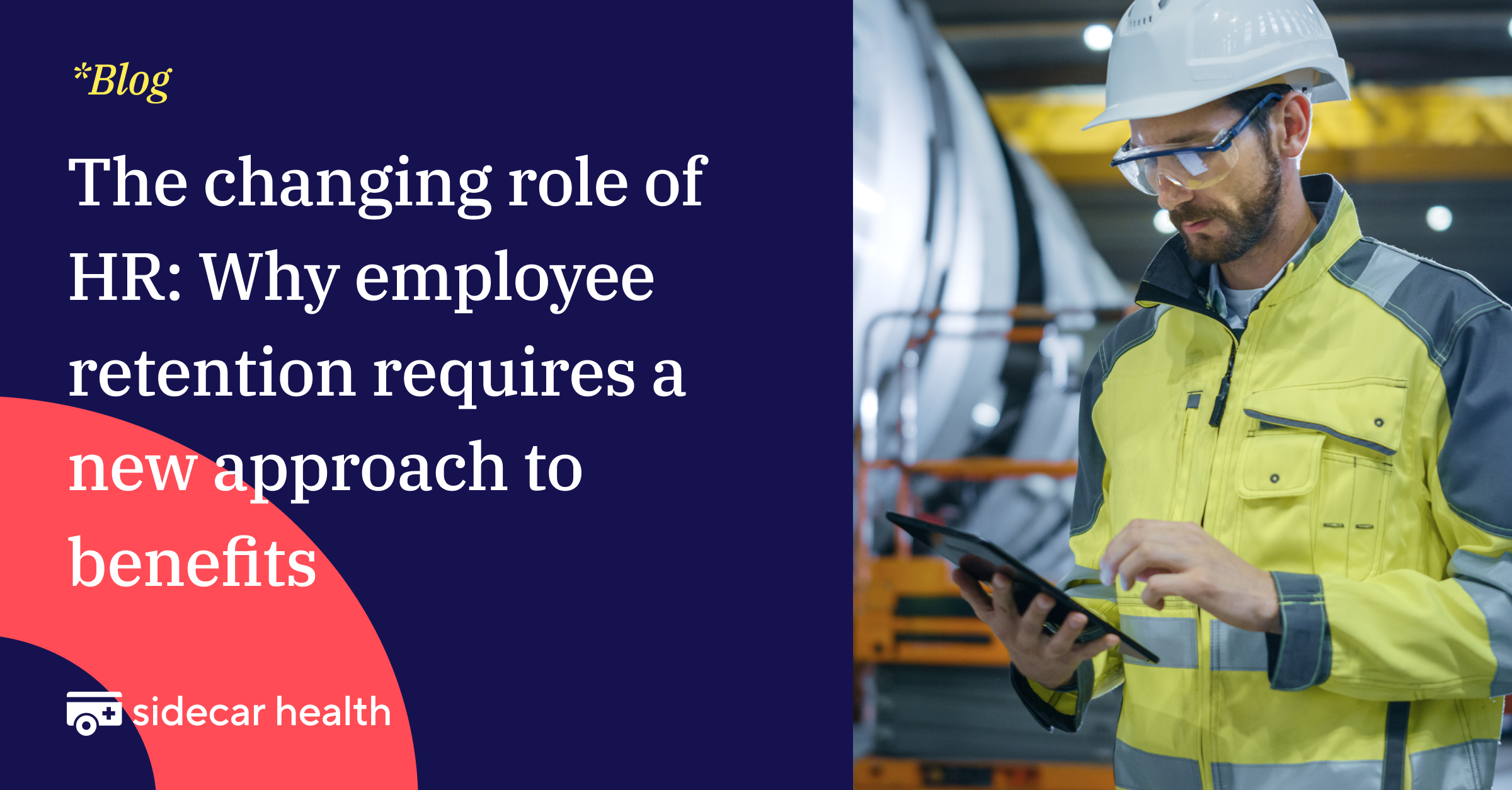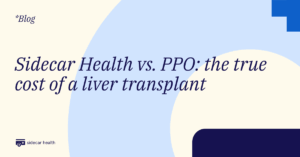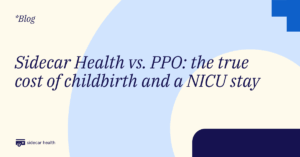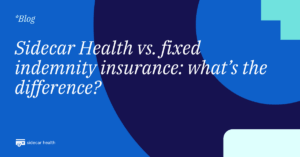The changing role of HR: why employee retention requires a new approach to benefits
June 10, 2025

Employee retention is more challenging than ever
Organizations today face an uphill battle in retaining top talent. Recent data shows that 51% of U.S. employees are actively seeking new job opportunities, the highest rate since 2015. Additionally, employee engagement has declined, with only 31% of employees engaged in 2024, matching the lowest level in a decade. While competitive salaries and career development opportunities remain critical, they’re no longer sufficient. Employees now expect benefits that are flexible, transparent, and tailored to each person’s unique needs. This shift has made HR’s role more complex than ever before.
HR’s expanding responsibilities: beyond traditional benefits
Historically, HR’s role was primarily focused on hiring, employee performance, payroll, and basic benefits. Today, it has expanded to encompass broader areas such as financial wellness, mental health support, and overall employee engagement. A key driver behind this evolution is data.
Employers now have more access than ever to data about what’s working — and what’s not. From claims reports to engagement surveys, HR leaders are expected to turn this information into smarter, more strategic decisions. Like any business unit, HR is now measured against OKRs and must demonstrate how each benefit contributes to outcomes like retention, satisfaction, and cost control. It’s no longer enough to rely on vendors offering promising solutions — HR teams expect robust reporting that proves impact. Partners must deliver not just services, but clear, defensible data to justify investment.
Employees, too, now expect greater transparency in benefits and decision-making. Simply offering a health insurance plan is no longer enough. HR teams need to provide clear insights into available options, costs, and the overall impact on employee wellbeing. This shift requires HR to take a more strategic, data-driven approach to benefits management.
Employees expect more control and transparency
Cost has always been a key factor in employees’ benefits decisions, but expectations have shifted. Today’s workforce demands greater transparency, flexibility, and control over their healthcare choices. Consider these two key statistics:
- 67% of employees consider employer-covered healthcare as the most important benefit when evaluating job offers.
- 43% of employees with employer-sponsored health coverage find it very or somewhat difficult to afford their healthcare.
Employees don’t just want benefits — they need benefits that work for them. With healthcare costs straining budgets and coverage weighing heavily in job decisions, today’s workforce expects more than a one-size-fits-all approach. They demand clear, affordable options that give them control over their care, along with meaningful support for their financial and mental wellbeing. Employers who fail to deliver risk losing top talent to those who do.
The mental health challenge: a system that’s failing employees
Mental health benefits remain one of the most significant gaps in traditional employer offerings. Many providers don’t accept insurance, leaving employees without viable access to care. While Employee Assistance Programs (EAPs) exist, they’re usually underutilized due to a lack of awareness and cumbersome access.
In response, employers have tried to fill these gaps with a growing patchwork of solutions — adding virtual therapy apps, coaching platforms, and mental health stipends in hopes of meeting demand. But instead of simplifying access, this has created a fragmented benefits ecosystem that’s difficult for both HR and employees to navigate. The result: higher costs, disconnected experiences, and underwhelming outcomes.
A smarter benefits strategy: transparency, flexibility, and incentives
Rather than layering on more point solutions, vendors, and administrative complexity, HR leaders have an opportunity to reimagine benefits from the ground up. What today’s employees want isn’t more — it’s better. And better means benefits that are simple, empowering, and built around how people actually make important decisions.
The most effective benefits strategies share a few core principles:
- Price transparency at the point of decision-making: Employees should know exactly how much their coverage will pay for a doctor’s visit, a procedure, or a prescription — before they receive care. Transparency isn’t a buzzword — it’s a prerequisite for smart, confident healthcare choices.
- Provider flexibility: Employees value freedom in choosing their own doctors, therapists, and specialists. Restrictive networks create unnecessary frustration and delays. A modern plan removes barriers and gives people access to the care they need, where they need it.
- Incentives that reward smart decisions: When employees can save money by choosing lower-cost, quality care — and share in those savings — everyone wins. Aligning incentives around value, not volume, drives down costs while preserving (and often improving) outcomes.
- Real financial protection, not just glossy brochures: Health insurance doesn’t work if families are still stuck with $1,300 bills after a basic MRI. True financial protection means predictable costs, transparent coverage, and zero surprises.
- Mental health parity in access and coverage: Unlimited access to mental health providers — not capped sessions or narrow networks — is increasingly essential. The best plans treat mental health as core to overall wellbeing, not an afterthought.
Employers don’t need to accept the tradeoff between cost control and employee satisfaction. By adopting benefits models that are transparent, flexible, and incentive-aligned — similar to why employers want a smarter solution for unpredictable premiums — organizations can offer high-value plans that attract talent and empower healthier decisions — without ballooning budgets.


